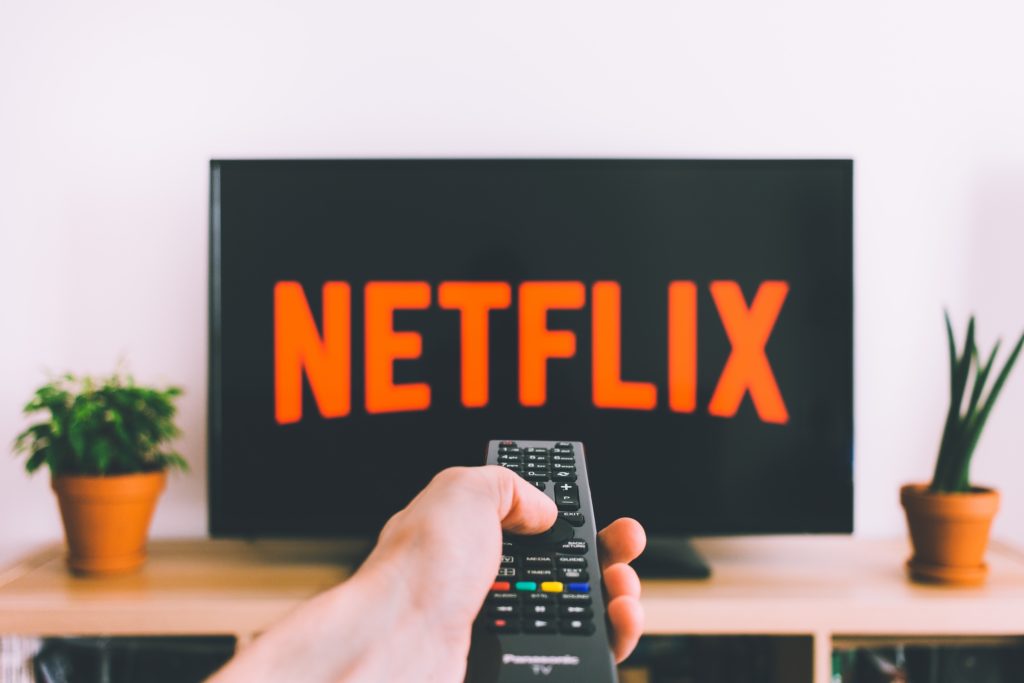Netflix Plays With Pricing And Games To Attract Subscribers

As competition from cable players and other channels heats up, Netflix (Nasdaq: NFLX) appears to have stumbled in the recent quarter. In a surprising miss, subscriber growth was lower than estimated for both the domestic and international markets, sending the stock tumbling in the after-hours session.
Netflix’s Financials
Netflix’s Q2 revenues grew 27% over the year to $4.92 billion, marginally shy of the Street’s forecast of $4.93 billion. Net income for the quarter fell to $270.7 million, or $0.60 per share, compared with $0.85 per share recorded a year ago. The market was looking for an EPS of $0.56 for the quarter.
Netflix ended the quarter with 151.6 million subscribers worldwide, recording an addition of a modest 2.7 million streaming subscribers compared to its forecast of 5 million subscriber additions. Netflix blamed the slow growth on its price increase and slowdown in new content release in the quarter. Besides the US, Netflix had raised prices in Britain, Switzerland, Greece, and Western Europe. It expects the trend to reverse in the current quarter as it is releasing new seasons of Stranger Things, Orange is the New Black, The Crown, and Money Heist to drive viewership. It does not believe that the competition was driving slowdown in subscriber growth and is targeting an addition of 7 million subscribers this quarter.
For the current quarter, Netflix expects revenues of $5.25 billion with an EPS of $1.04. The market was looking for revenues of $5.22 billion with an EPS of $0.97 for the quarter.
Netflix’s Partnerships and Market Expansion
Besides adding video content, Netflix is also expanding market reach through the addition of ancillary services and strategic tie-ups. Earlier this year at E3, the largest video gaming event of the year, Netflix announced a new Stranger Things mobile game, a game based on its upcoming new show Dark Crystal: Age of Resistance, and a partnership with Epic Games, the developers of Fortnite. Netflix is counting on these games to help attract viewership and fans to their titles.
Besides gaming, Netflix also recently entered into a new partnership with AT&T in the US to integrate Netflix into their new set-top box. With the addition of AT&T, Netflix has now partnered with a wide range of ISPs and MVPDs, including Comcast, DISH, Verizon, T-Mobile, Charter, and Altice.
Netflix also continues to focus on the international markets and the impact of pricing plans in these new markets. It recently announced the rollout of a lower-priced mobile-screen plan in India to complement its existing plans. The plan restricts the usage to one mobile device and offers only the standard definition viewing (~480p). Expected to launch this quarter, it will help attract a larger base of subscribers to its platform. The plan, priced at Rs 250 (~$3.64) a month is half the cost of its basic subscription plan in India. But despite the price cut, the plan is still significantly more expensive than Amazon Prime’s Rs 129 (~$1.88) and Disney-owned Hotstar’s Rs 199 (~$2.89) subscription fee.
Netflix has a strong focus on the Indian market and has already released several key shows such as Sacred Games and Delhi Crime targeted for the region. It is hoping to add another 100 million subscribers to its platform from India and pricing strategies such as these will help attract that user-base.
Netflix will need to think of these innovative solutions to keep attracting subscribers. While it may not admit to the growing competition, in November this year, Disney+ will become a formidable competitor. There will also be additional competition from Apple, which will release original content next year, and Comcast that is also planning its own streaming service next year. Add to that the expiration of its content contracts as two of its most-streamed shows, The Office will move to Comcast in 2021 and Friends to AT&T in 2020.
Post the result announcement, the stock fell 12%. It is currently trading at $325.21 with a market capitalization of $142.2 billion. It had peaked to a 52-week high of $386.80 in April this year. Like other tech stocks, it too had crashed to a 52-week low of $231.23 in December last year.
(Click on image to enlarge)




Is #Fortnite still #Netflix's biggest threat, or has that fad finally died down?
Good question. My sons still play, but not as often as they used to.
For a brief moment, I thought Netflix was going to let you somehow let you play games, as well. But the title is misleading, this is more of a licensing deal where they are letting video games be produced about their shows. There's nothing new or innovative about those ideas, Disney has been doing it for decades. But I suppose it could bring in some more revenue.
#Disney has a large library and will likely steal some of #Netflix's thunder, but I don't consider it a major threat. It's library still pales in comparison to Netflix and is limited to their own vault of films and TV shows. I expect the number of people who would actually REPLACE Netflix with Disney is relatively small. More likely, people will have both. $NFLX $DIS